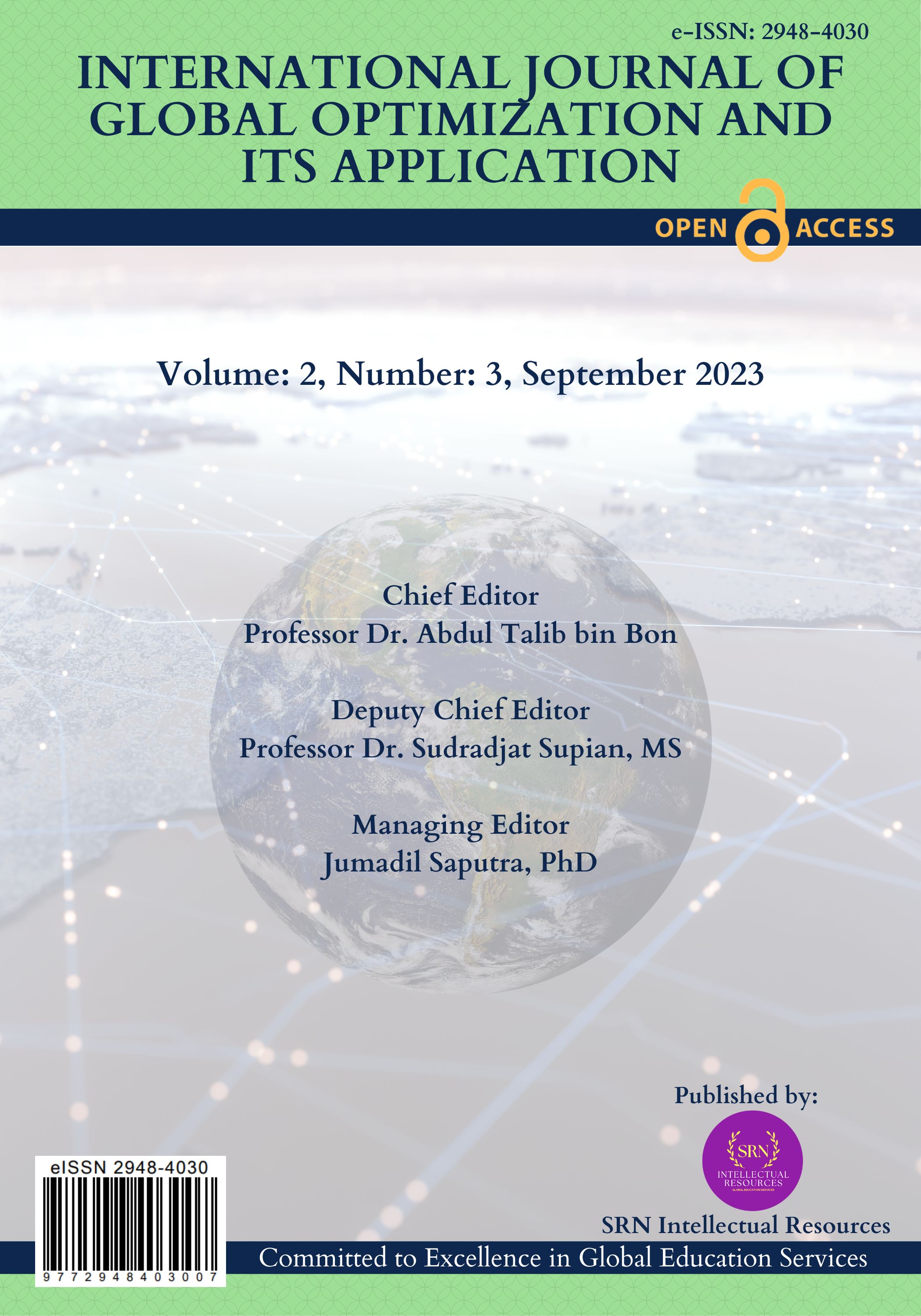Sustainable Design in Motion Sensing Game for Autistic Children
https://doi.org/10.56225/ijgoia.v2i3.261
Keywords:
Sustainable design, Motion sensing game, Autistic children, Double diamond design modelAbstract
The population of autistic children is increasing rapidly in recent years, and it has become an urgent public health problem. The practice has proved that motion-sensing games can help autistic children solve their symptoms and help them grow healthily. However, there are still some defects in the operation of these games recently, e.g., fixed space and time, high cost, and public welfare institutions. Furthermore, no effective solution has been proposed in the academic field. To fulfill this research gap, this study focuses on value co-creation with autistic children in a motion-sensing game. The methods involve a double diamond design model and sustainable design approaches as the basis for the creative convergence motion sensing game. This study used the concept of sustainable design to develop a new game experience promoting the well-being of autistic children and stakeholders. To achieve sustainability in creative convergence motion sensing games for autistic children, it is necessary to fully consider the game design's technological innovation, social innovation, economic value, and diverse culture.
Downloads
References
Boucenna, S., Narzisi, A., Tilmont, E., Muratori, F., Pioggia, G., Cohen, D., & Chetouani, M. (2014). Interactive Technologies for Autistic Children: A Review. Cognitive Computation, 6(4), 722–740. https://doi.org/10.1007/s12559-014-9276-x
British Design Council. (2005). The Design Process: The ‘double diamond’ design process model. Double Diamond.
Cañete, R., López, S., & Peralta, M. E. (2021). KEYme: Multifunctional Smart Toy for Children with Autism Spectrum Disorder. Sustainability, 13(7), 10–40. https://doi.org/10.3390/su13074010
Clegg, J. (2006). Book Review: Children with emotional and behavioural difficulties and communication problems: There is always a reason. Child Language Teaching and Therapy, 22(1), 117–119. https://doi.org/10.1191/0265659006ct300xx
Drake, M. S., Roulstone, D. T., & Thornock, J. R. (2012). Investor Information Demand: Evidence from Google Searches Around Earnings Announcements. Journal of Accounting Research, 50(4), 1001–1040. https://doi.org/10.1111/j.1475-679X.2012.00443.x
Frutos, M., Bustos, I., Zapirain, B. G., & Zorrilla, A. M. (2011). Computer game to learn and enhance speech problems for children with autism. 2011 16th International Conference on Computer Games (CGAMES), 209–216. https://doi.org/10.1109/CGAMES.2011.6000340
Kun-Hsien, L. I., Shi-Jer, L. O. U., Huei-Yin, T., & Ru-Chu, S. (2012). The Effects of Applying Game-Based Learning to Webcam Motion Sensor Games for Autistic Students’ Sensory Integration Training. TOJET: The Turkish Online Journal of Educational Technology, 11(4), 451–459.
Maenner, M. J., Shaw, K. A., Baio, J., Washington, A., Patrick, M., DiRienzo, M., Christensen, D. L., Wiggins, L. D., Pettygrove, S., Andrews, J. G., Lopez, M., Hudson, A., Baroud, T., Schwenk, Y., White, T., Rosenberg, C. R., Lee, L.-C., Harrington, R. A., Huston, M., … Dietz, P. M. (2020). Prevalence of Autism Spectrum Disorder Among Children Aged 8 Years — Autism and Developmental Disabilities Monitoring Network, 11 Sites, United States, 2016. MMWR. Surveillance Summaries, 69(4), 1–12. https://doi.org/10.15585/mmwr.ss6904a1
Miranda, J., Cortes, D., Ponce, P., Noguez, J., Molina E., J. M., Lopez, E. O., & Molina, A. (2018). Sensing, Smart and Sustainable Products to Support Health and Well-Being in Communities. 2018 International Conference on Computational Science and Computational Intelligence (CSCI), 764–767. https://doi.org/10.1109/CSCI46756.2018.00153
Ren, F., & Bao, Y. (2020). A Review on Human-Computer Interaction and Intelligent Robots. International Journal of Information Technology & Decision Making, 19(1), 5–47. https://doi.org/10.1142/S0219622019300052
Wattanasoontorn, V., Boada, I., García, R., & Sbert, M. (2013). Serious games for health. Entertainment Computing, 4(4), 231–247. https://doi.org/10.1016/j.entcom.2013.09.002
Zakari, H. M., Ma, M., & Simmons, D. (2014). A Review of Serious Games for Children with Autism Spectrum Disorders (ASD). In Serious Games Development and Applications: 5th International Conference, SGDA 2014, Berlin, Germany, October 9-10, 2014. Proceedings 5 (pp. 93–106). Springer. https://doi.org/10.1007/978-3-319-11623-5_9
Downloads
Published
How to Cite
Issue
Section
License
Copyright (c) 2023 Authors

This work is licensed under a Creative Commons Attribution 4.0 International License.


























